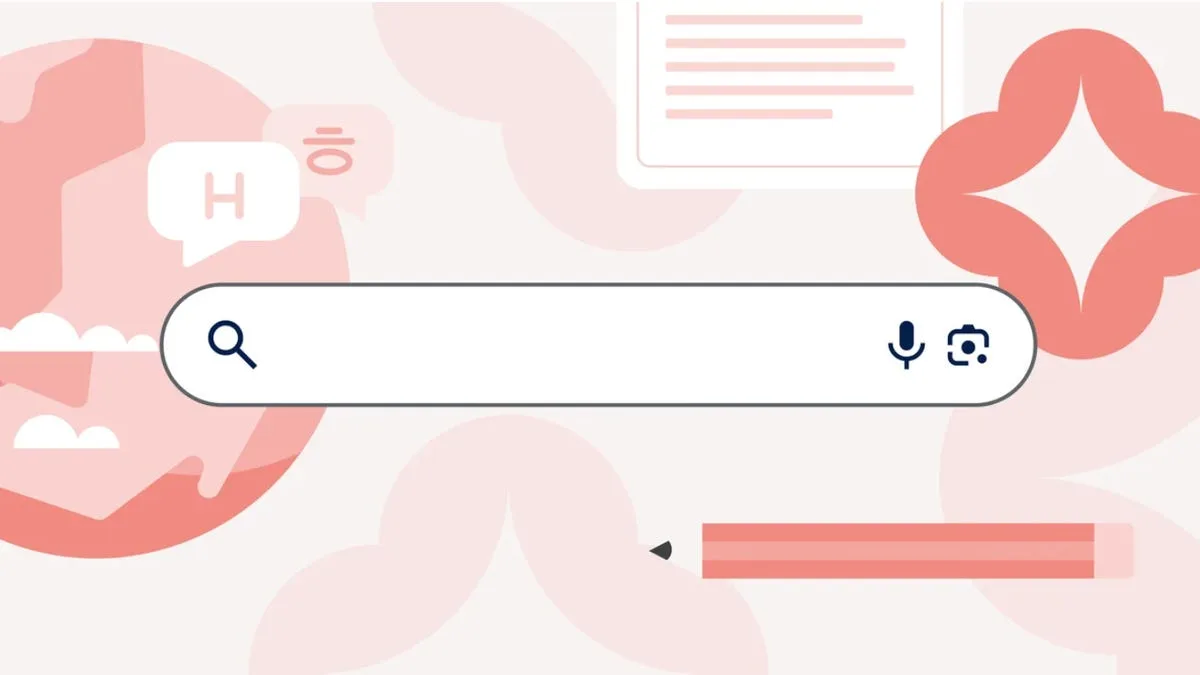Unlocking the Power of Agentic RAG: A Guide to Local AI Systems
In the evolving landscape of artificial intelligence, the need for systems that can efficiently access and utilize specialized knowledge is more crucial than ever. Among the many techniques available, Retrieval-Augmented Generation (RAG) stands out as a widely adopted method for empowering agents with access to extensive knowledge bases. However, while RAG offers a foundation for creating domain experts, it often lacks the robustness required for complex tasks. This is where Agentic RAG comes into play, providing a more powerful and flexible approach that adapts well to various document types.
In this article, we will explore the core concepts of Agentic RAG, discuss its advantages, and guide you on how to implement a local AI version of this technology. Whether you are a seasoned developer or a curious newcomer, you’ll find practical examples and FAQs to help clarify your understanding.
What is RAG?
Understanding Retrieval-Augmented Generation
RAG combines retrieval-based and generative approaches to enhance the way AI systems answer questions. By integrating a retrieval mechanism, RAG can pull relevant information from a knowledge base and use that to generate coherent, contextually relevant responses. This dual mechanism allows for a richer interaction between users and AI agents.
How RAG Works
- Retrieval Phase: When a question is posed, the system first searches a knowledge base to find relevant documents or snippets.
- Generation Phase: After retrieving the relevant data, the AI generates a response using that information. This process ensures that answers are not only accurate but also well-articulated.
Example of RAG in Action
Imagine a customer service AI that needs to answer questions about product features. When a user asks, "What are the dimensions of Product X?", the RAG system will first pull up product documentation and specifications. Then, it will generate an answer based on that retrieved information, providing the user with a detailed response.
FAQs about RAG
Q: What types of documents can RAG work with?
A: RAG can work with a variety of document types, including FAQs, manuals, articles, and databases. The key is to have a well-organized knowledge base.
Q: Is RAG suitable for all industries?
A: Yes, RAG can be applied in various fields, such as healthcare, finance, and customer support, where access to specific information is critical.
The Limitations of Standard RAG
While RAG is an effective method, it does have limitations. Standard RAG may not always provide the depth or specificity required for complex inquiries. This is where Agentic RAG comes into the picture, enhancing the basic framework.
Why Agentic RAG?
Agentic RAG takes the principles of standard RAG and adds layers of sophistication. It allows for greater flexibility, enabling the system to adapt to different types of documents and data formats. This makes it particularly valuable for organizations with diverse knowledge bases.
Key Advantages of Agentic RAG
- Enhanced Flexibility: Agentic RAG can handle various document formats, making it suitable for businesses with mixed content types.
- Improved Accuracy: By refining the retrieval mechanisms, Agentic RAG can provide more precise answers to user queries.
- Customization: Organizations can tailor Agentic RAG to meet specific needs, making it a versatile tool for different applications.
Practical Example of Agentic RAG
Let’s say a legal firm employs Agentic RAG to assist with client inquiries. When a client asks about a specific case, the system can access court documents, legal precedents, and related case studies to generate a comprehensive response. This level of detail is often unattainable with standard RAG.
FAQs about Agentic RAG
Q: How does Agentic RAG differ from standard RAG?
A: Agentic RAG enhances the retrieval and generation process, allowing for more flexibility and improved accuracy in responses.
Q: Can Agentic RAG be used in real-time applications?
A: Yes, Agentic RAG is designed to work efficiently in real-time, making it suitable for customer support and live chat applications.
Building Your Own Agentic RAG System
Now that we understand the fundamentals, let’s explore how to build your own Agentic RAG system, particularly a local AI version. This guide will walk you through the process without requiring extensive coding knowledge.
Step 1: Setting Up Your Environment
Before diving into development, you need to set up your local environment. This typically involves:
- Choosing a Programming Language: Python is a popular choice for AI projects due to its extensive libraries and community support.
- Installing Required Libraries: Libraries such as Hugging Face Transformers, PyTorch, or TensorFlow are essential for AI development.
Step 2: Preparing Your Knowledge Base
A well-structured knowledge base is crucial for your Agentic RAG system. This involves:
- Collecting Documents: Gather all relevant documents, articles, and data that your AI will reference.
- Organizing Content: Structure your documents in a way that makes retrieval efficient. Consider using databases or indexed files.
Step 3: Implementing the RAG Framework
Once your environment is set up, you can begin coding the RAG framework:
- Retrieval Mechanism: Implement a retrieval system that can search your knowledge base for relevant documents based on user queries.
- Generation Mechanism: Use a generative model to craft responses based on the retrieved information.
Step 4: Enhancing with Agentic Features
To transition from standard RAG to Agentic RAG, focus on improving the retrieval and generation processes:
- Fine-Tuning Models: Depending on your knowledge base, you may want to fine-tune your generative model to better match the language and style of your documents.
- Incorporating Feedback Loops: Implementing a feedback system allows the AI to learn from user interactions, improving its accuracy over time.
Practical Example of Building Agentic RAG
A small business owner might want to build an Agentic RAG system to handle customer inquiries about their products. By collecting product manuals, customer reviews, and FAQs, they can create a robust knowledge base. After implementing the RAG framework, the owner can fine-tune the AI to generate tailored responses, enhancing customer satisfaction.
FAQs about Building Agentic RAG
Q: Do I need a lot of coding experience to build an Agentic RAG system?
A: While some coding knowledge is beneficial, there are many resources and templates available that can help you set up a system with minimal coding.
Q: Can I use existing templates for Agentic RAG?
A: Yes, many templates are available, including those for no-code solutions, which can help you quickly get started.
Local AI: The Future of Agentic RAG
The shift towards local AI systems is gaining traction, driven by the desire for data privacy, reduced latency, and greater control over AI functionalities. Implementing a local version of Agentic RAG allows organizations to maintain their data security while leveraging advanced AI capabilities.
Advantages of Local AI
- Data Privacy: Keeping all data local minimizes the risk of breaches and ensures compliance with data protection regulations.
- Reduced Latency: Local systems can process data more quickly since they don’t rely on cloud services.
- Customization and Control: Organizations have complete control over their AI systems, enabling tailored solutions that meet specific needs.
Implementing a Local AI Version of Agentic RAG
To create a local AI version of Agentic RAG, follow the steps outlined earlier with an emphasis on local deployment:
- Set Up Local Servers: Host your knowledge base and AI models on local servers to ensure data privacy.
- Optimize for Performance: Focus on optimizing retrieval and generation processes to ensure your local AI operates efficiently.
Practical Example of Local AI Implementation
Imagine a healthcare provider that needs to offer patient support through an AI system. By implementing a local Agentic RAG system, they can securely access patient records, treatment guidelines, and other medical documents, providing timely and accurate responses without compromising patient confidentiality.
FAQs about Local AI
Q: What are the challenges of implementing a local AI system?
A: Challenges may include hardware requirements, initial setup complexity, and maintenance. However, the benefits often outweigh these challenges.
Q: Is local AI suitable for all types of businesses?
A: While local AI can offer significant advantages, it may not be necessary for smaller businesses with less sensitive data. However, it is beneficial for sectors like healthcare and finance.
Conclusion
The journey into the world of Agentic RAG and local AI systems opens up a realm of possibilities for organizations seeking to enhance their knowledge management and customer interaction capabilities. By understanding RAG’s foundational principles and leveraging the advanced features of Agentic RAG, you can create systems that not only respond to queries but do so in a way that feels personalized and informed.
As you consider implementing your own Agentic RAG system, keep in mind the importance of a well-structured knowledge base, the advantages of local deployment, and the potential for continuous improvement through feedback. With these tools at your disposal, you’ll be well-equipped to harness the power of AI in your organization. Whether you’re aiming to enhance customer support, streamline operations, or provide expert insights, the future of Agentic RAG is bright, and the possibilities are endless.







